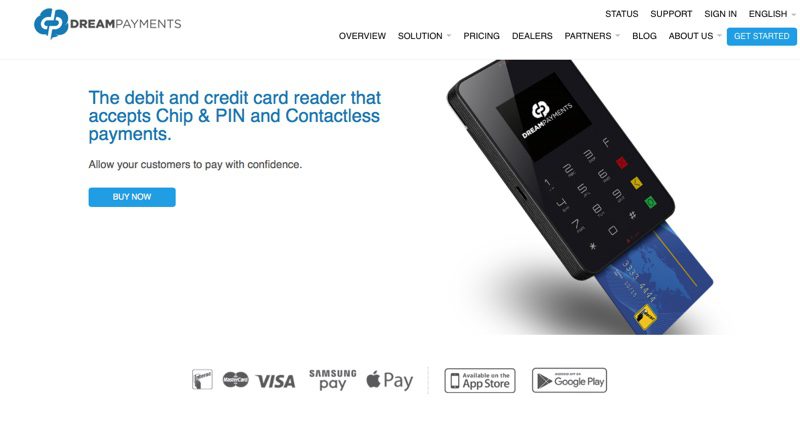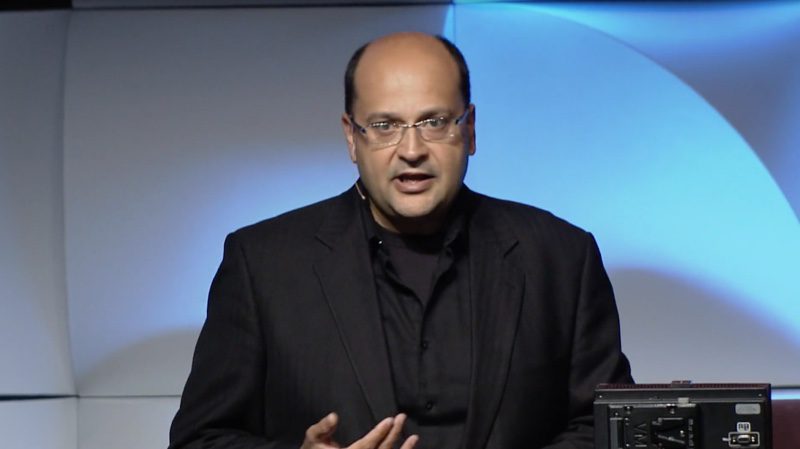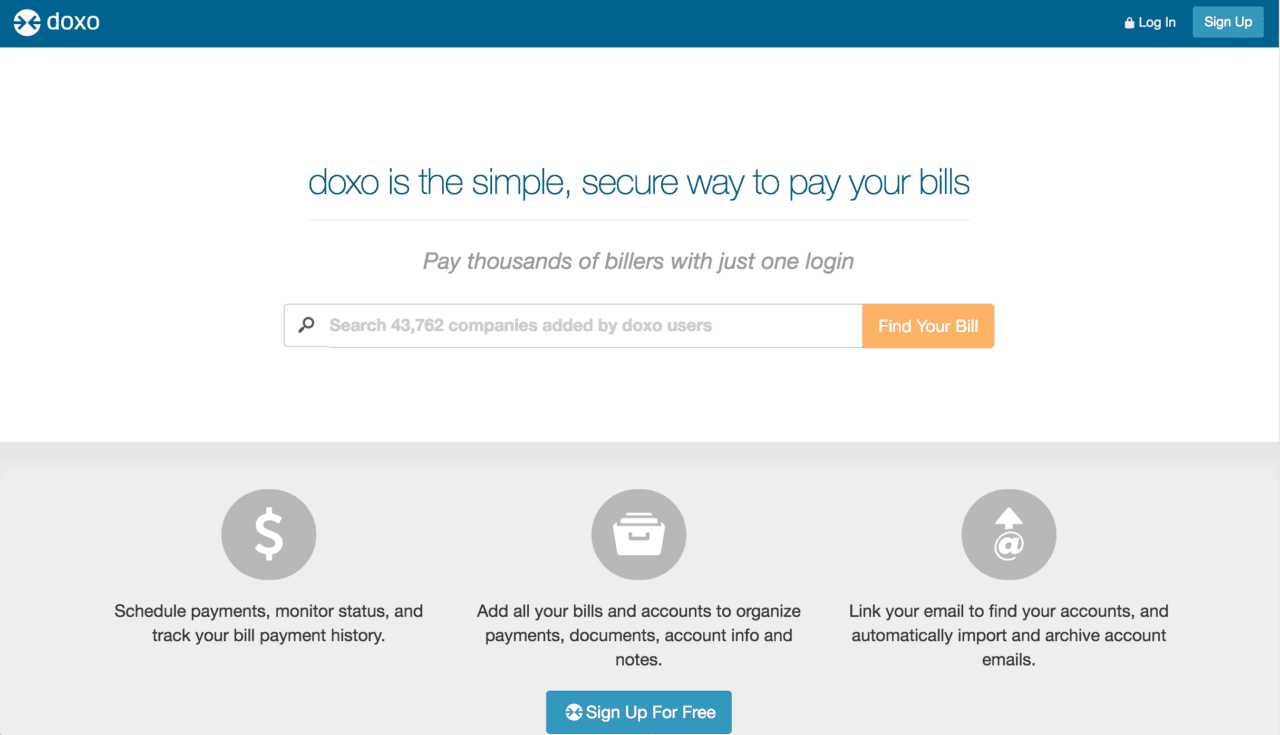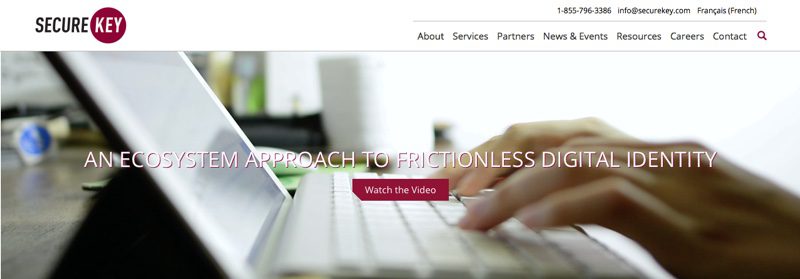Electronic payments company ACI Worldwide announced it will enhance its fraud protection efforts today. The Florida-based company launched the UP Payments Risk Management Solution, which Andreas Suma, vice president of ACI Worldwide said “combines fraud and transaction data from the payment universe and insights from ACI’s global fraud experts—stopping fraud and improving every customer experience across the payments ecosystem.”
The solution offers cloud-based, real-time fraud management services to protect payments, regardless of a number of circumstances. The payment can be card-present or card-not-present; initiated using ACI’s or a third-party’s payment engine; or conducted by a bank, intermediary, or merchant. By leveraging machine learning, Up Payments Risk Management can react and adapt to new fraud signals, then use fraud and payment data through modeling and analytic systems. “The necessity for universal fraud management services in the cloud continues to increase, and banks, intermediaries, merchants and telcos seek to outsource everything from payments, fraud, compliance and security-related tasks,” Suma said.
Founded in 1975, ACI Worldwide has been delivering fraud protection and prevention for more than 20 years and draws on more than 40 years of payments experience. The company executes more than $14 trillion in payments and securities each day for more than 5,100 organizations across the globe, including more than 1,000 of the largest financial institutions.
At FinDEVr Silicon Valley 2016, the company gave a presentation titled, Simple, Global, and Secure eCommerce Payments with ACI Worldwide’s Next-Generation API. The presentation showcased ACI’s COPYandPAY solution, an SAQ-A compliant JavaScript payment-form solution. Earlier this month, the company partnered with STET, a European clearing and settlement system, to serve payment service providers across Europe. In July, ACI Worldwide expanded its operations by opening a new office in Romania. The company has 4,100 employees in 31 offices across the globe and is publicly traded on the NASDAQ under the ticker ACIW.











